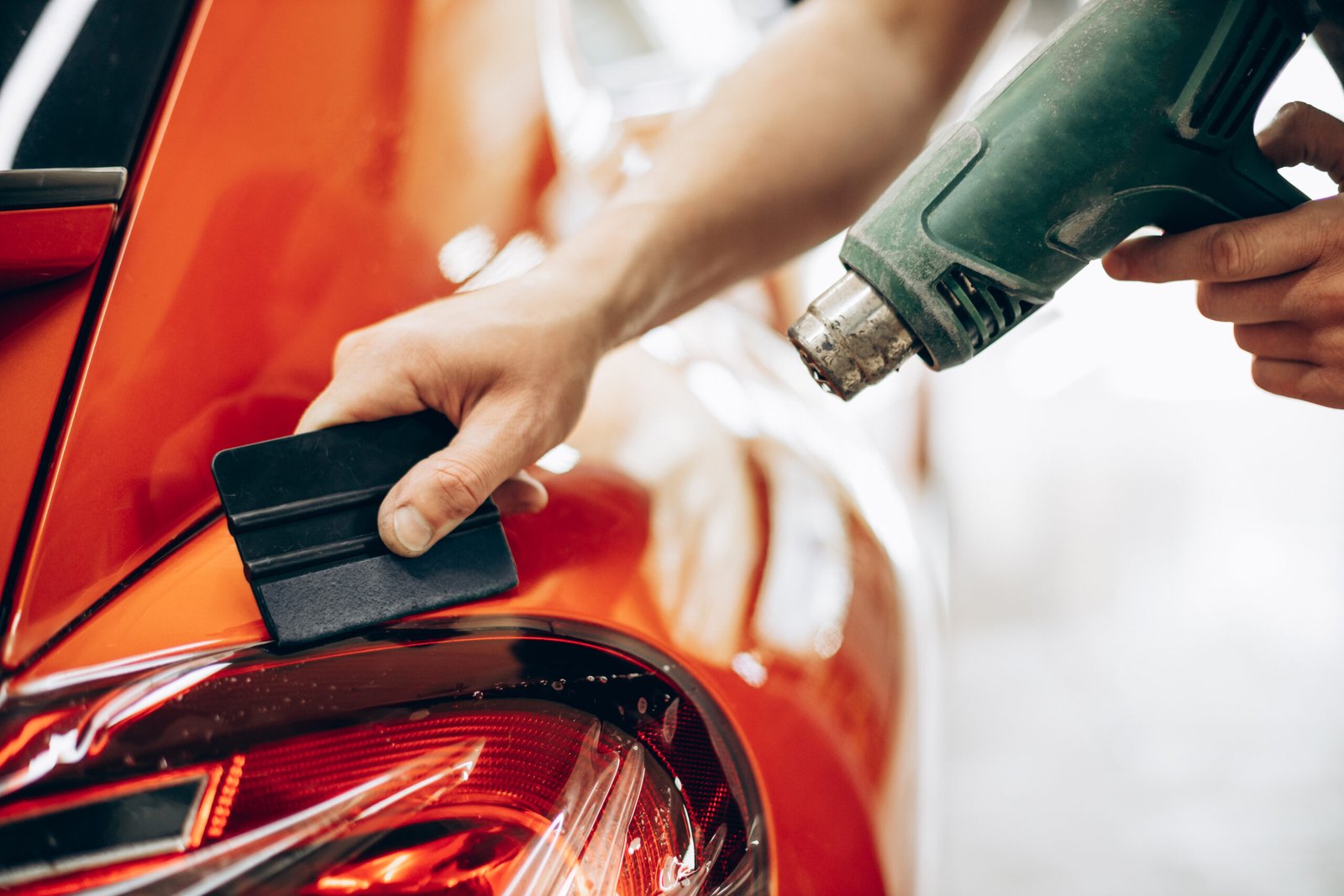The practice of car wrapping is a good idea for those who want to customize their vehicle and still preserve the original painting.
The practice of enveloping has become fashionable among customizers. That’s because it became a cheaper solution to change the look of the vehicle without having to completely repaint the vehicle.
Automotive wrapping is an economical tip if you want to change the look of your car without spending so much. The technique is done through an adhesive process, covering the external painting of the vehicle. The technique can give the car a more sporty look or even renew the look.
However, changing the style and appearance of the car is not the only purpose. More than aesthetics, the practice can represent protection for your vehicle, as the technique preserves the original paintwork and bodywork against scratches and UV rays, for example.
Should I get my car wrapped?
The decision goes far beyond choosing the matte tone characteristic of custom cars. There are many color options on the market and even those that vary their standard color according to the incidence of sunlight.
There are even transparent options, which only serve to create a protective film against damage to the painting.
Types of car wraps
PVC Vinyl: This is the most common way to wrap a car. Made from a PVC film, the material guarantees high resistance against scratches. Due to the diverse variety of colors, it is considered ideal for those who want to change the look of the vehicle;
Polyurethane: The material is transparent, so the wrapping is just to protect the car’s paintwork. The advantage is that it is more resistant than PVC;
Liquid wrapping: It is made with a specific ink for this type of situation. With it, it is possible to correct scratches and bubbles related to another adhesive done in the past. In addition, it can provide scratch protection as well as adhesive for small parts such as wheels. Can be removed without any damage to the part.
Despite not having a defined time for the duration of an enveloping, customers claim that the material was in perfect condition for a period of 7 to 10 years. But that time varies according to care, such as cleaning the vehicle and exposure to the sun.
Professionals in the area have a more “pessimistic” forecast, and consider the duration between 3 and 4 years.
Care and maintenance
Automotive enveloping works as a protective film for the bodywork, protecting it from damage against UV rays, against scratches and dirt.
Therefore, an important recommendation is that after bonding the vehicle cannot be exposed to intense sunlight. In addition, it cannot be washed for three days.
But after that period, cleaning should only be done with water, cloth and neutral soap. Avoid chemicals like waxes, for example.

